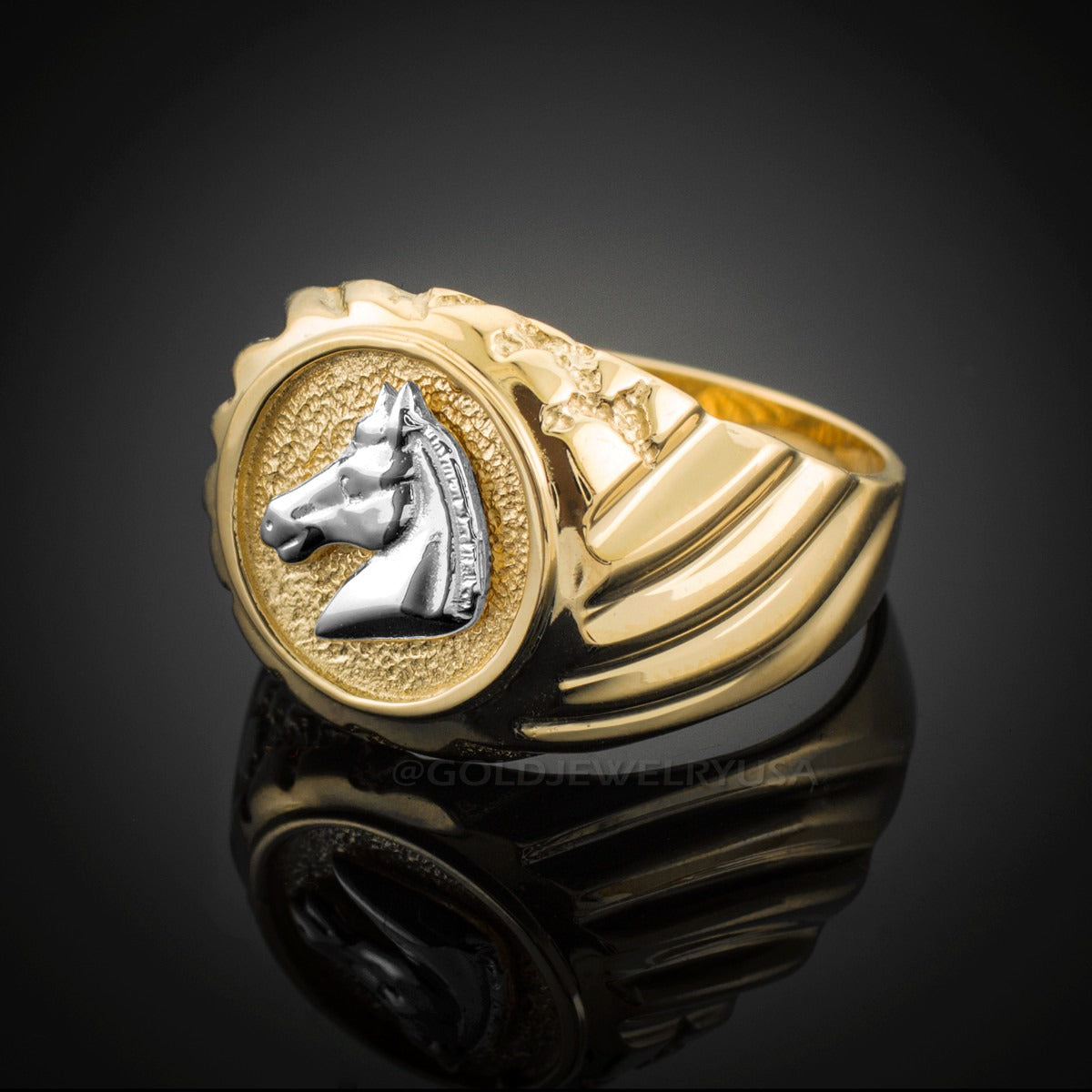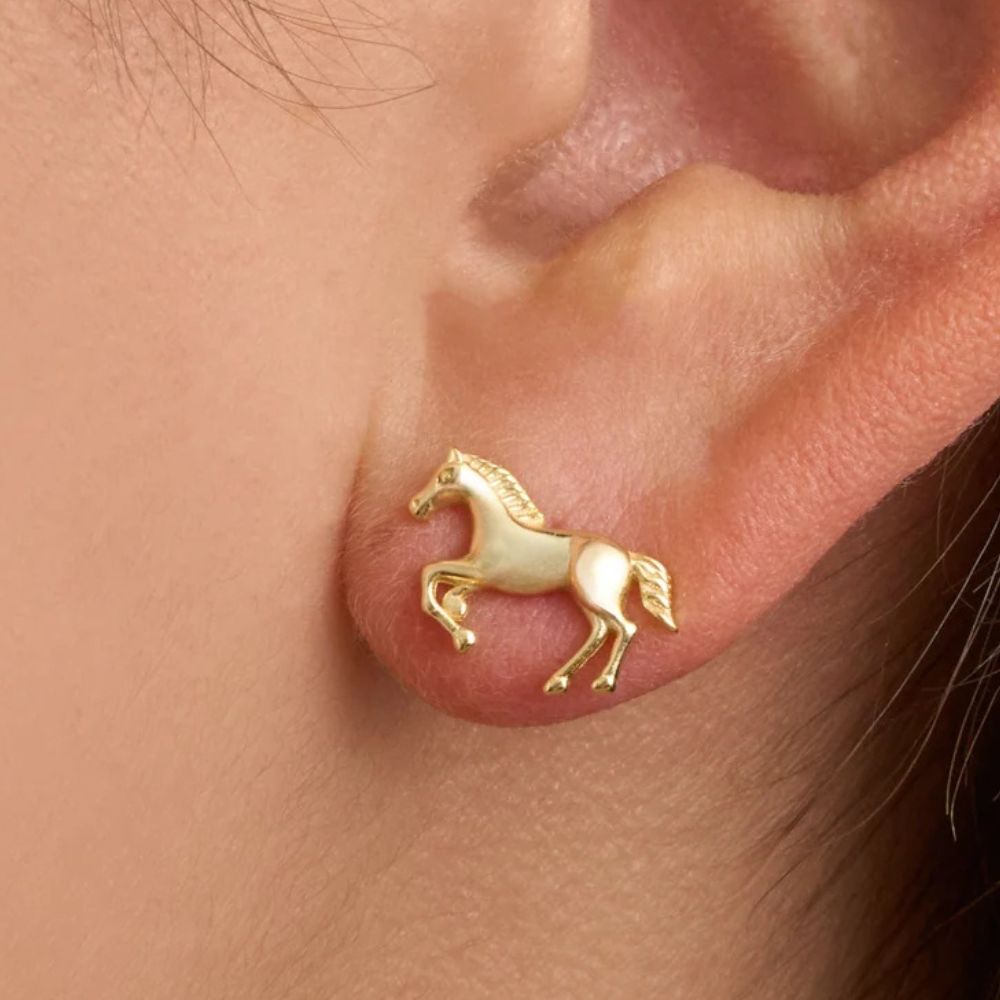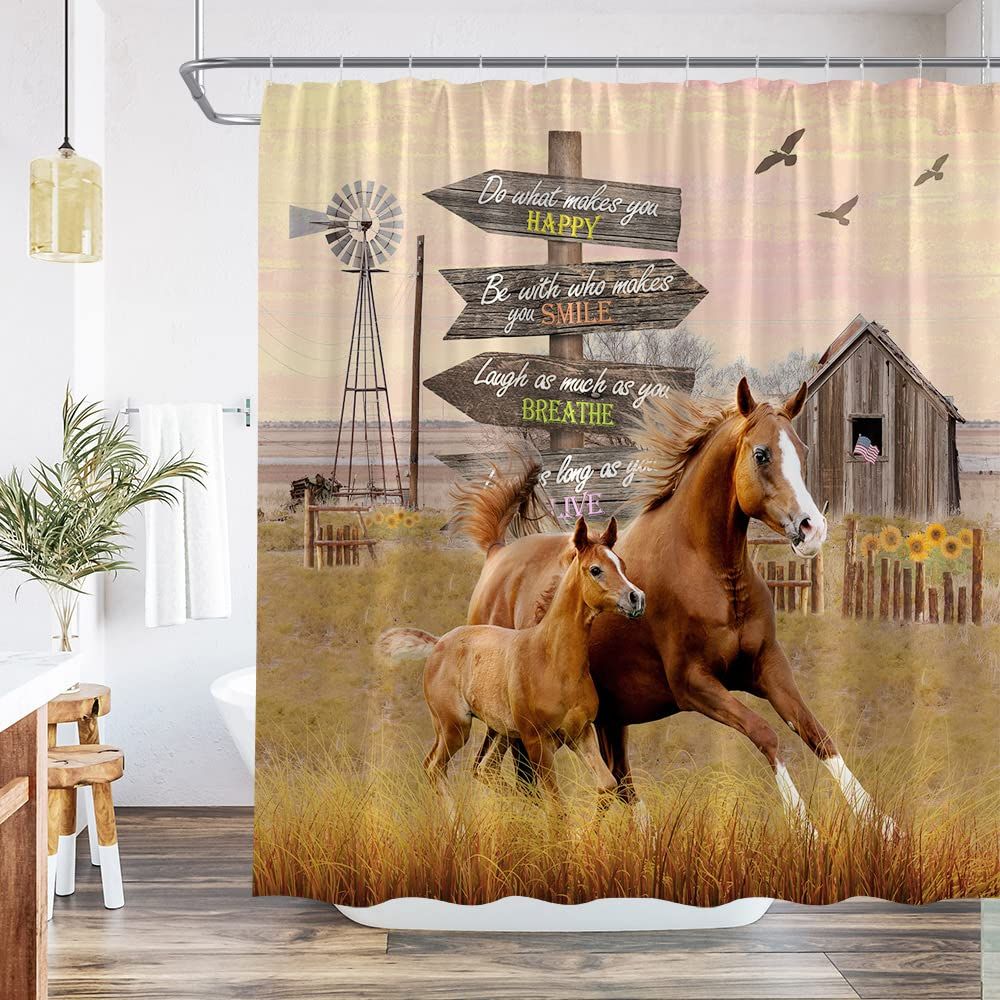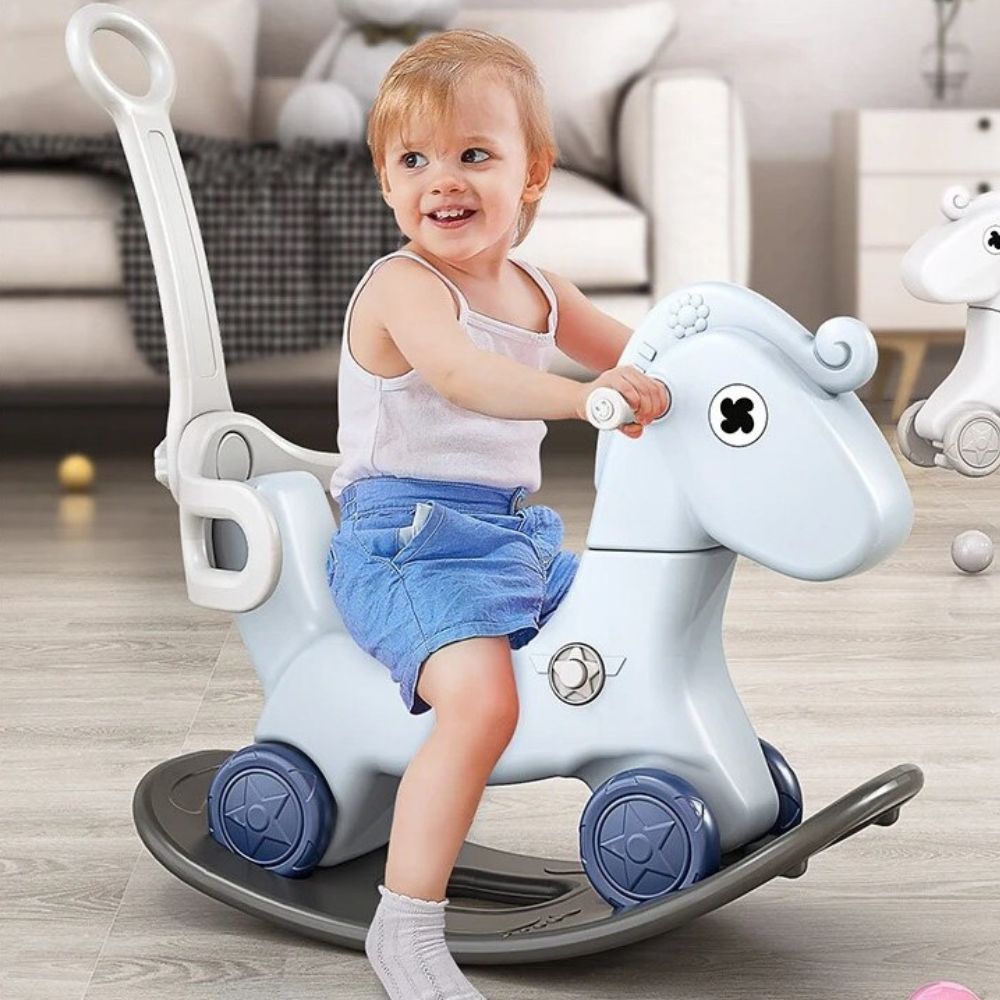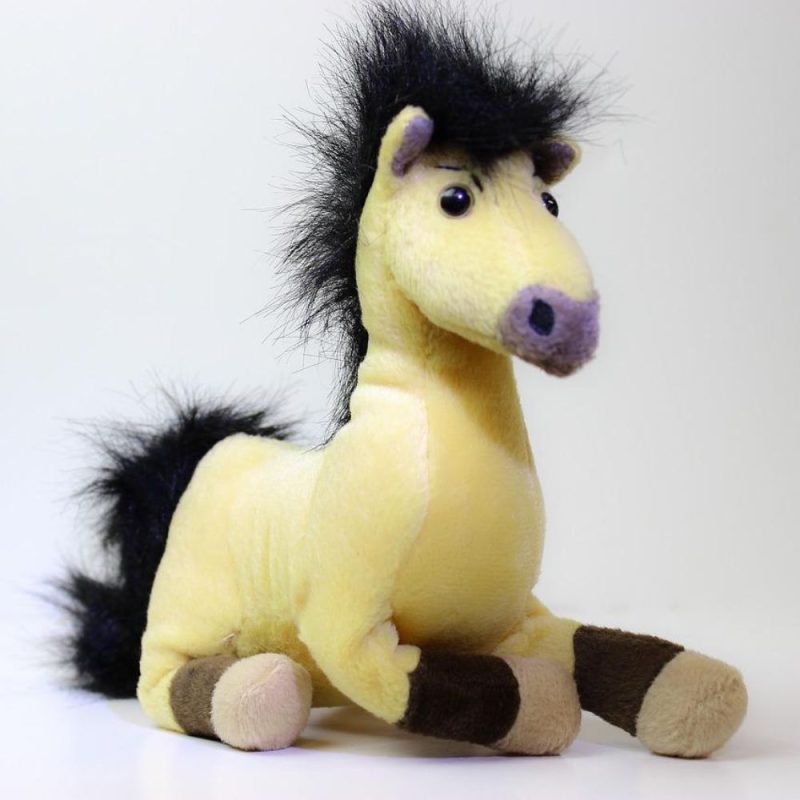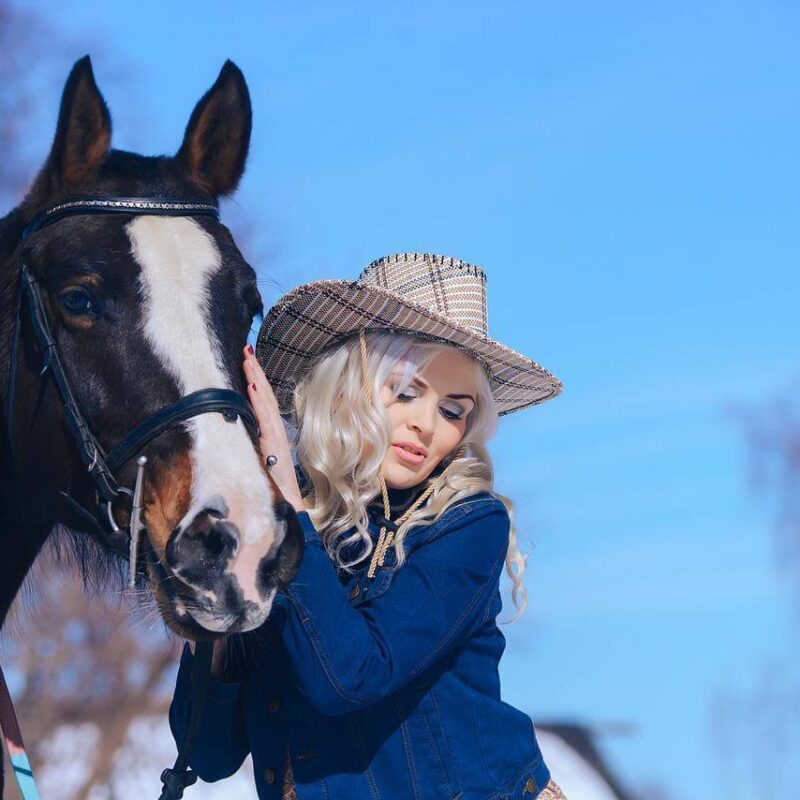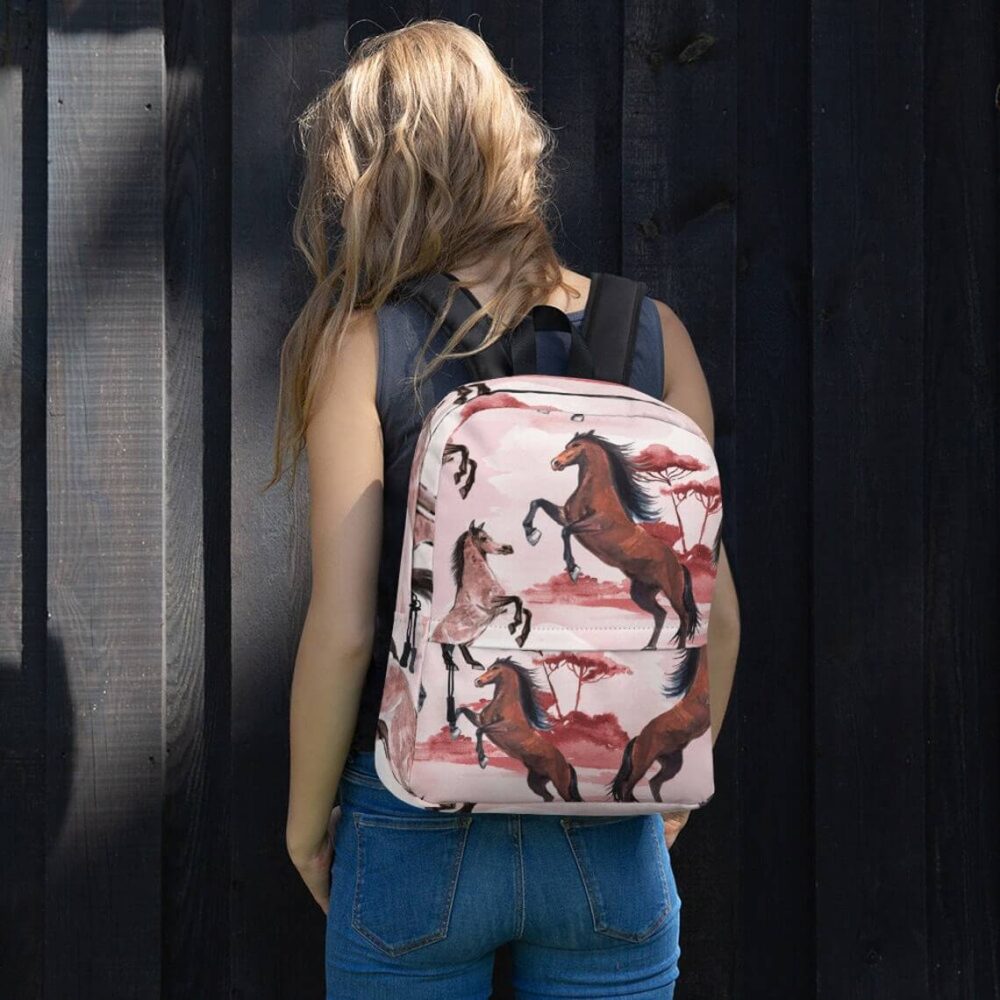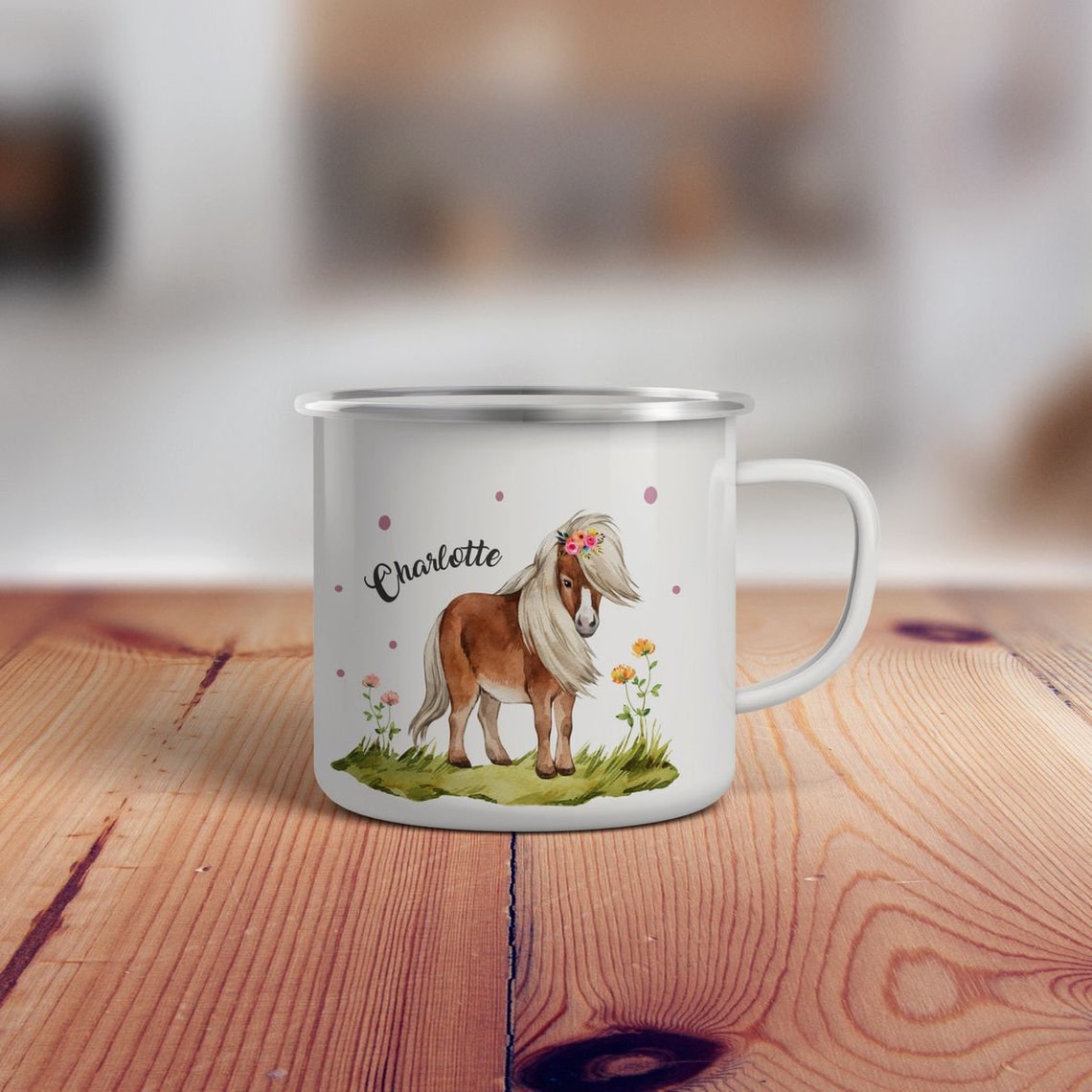
How Much Alfalfa Pellets to Feed a Horse per Day? Expert Tips...
The scent of fresh alfalfa—earthy, sweet, and faintly herbal—lingers in the barn as you scoop pellets into your horse’s feed bucket. But how much is just right? Too little leaves them hungry; too much risks digestive upset. Whether you’re fueling a performance athlete or a leisurely trail companion, finding the perfect balance of alfalfa pellets is key to their health and happiness. Let’s dive in.
How Much Alfalfa Pellets Should You Feed Your Horse Daily?
The short answer: Most horses thrive on 1 to 2 pounds of alfalfa pellets per 100 pounds of body weight daily, split into two meals. But let’s be honest—horses aren’t one-size-fits-all. A petite Arabian mare might need just 3–4 pounds total, while a towering draft horse could require 15+ pounds. Workload, age, and health play huge roles too.
Alfalfa pellets are nutrient-dense, packing more protein (15–20%) and calcium than grass hay. That’s great for growing foals or hard-working horses, but too much can overwhelm an easy keeper’s system. Start small—½ pound per 100 lbs of weight—then adjust. Watch for weight gain or loose manure, signs you’ve overdone it. And always pair pellets with forage; horses need long-stem fiber to keep their gut humming.
Pro tip: Soak pellets in water for 10 minutes to reduce choking risk and slow greedy eaters. Your horse’s shiny coat and steady energy will tell you when you’ve nailed the portion.
Factors Influencing Alfalfa Pellet Portions
Body Weight and Breed
A Shetland pony and a Percheron have wildly different needs. Smaller breeds typically need **1–1.5% of their body weight** in pellets daily, while larger breeds may edge toward 2%. Use a weight tape or scale for accuracy—guessing can lead to overfeeding.
Activity Level
A pasture pet might thrive on minimal pellets, while an eventing horse burns through calories. For moderate work, increase pellets by **10–20%**, but balance with electrolytes and fats to avoid excess protein.
Age and Life Stage
Youngsters and seniors have unique needs. Foals benefit from alfalfa’s calcium for bone growth, but too much can skew their mineral balance. Older horses with dental issues often do well with soaked pellets, though kidney concerns may require lower-protein options.
Mixing Alfalfa Pellets With Other Feeds
Alfalfa shouldn’t be the sole meal. Blend it with:
- Grass hay for fiber diversity
- Grains or beet pulp for extra energy
- Salt and minerals to offset alfalfa’s high calcium
Avoid overloading with high-protein concentrates; alfalfa’s already doing heavy lifting.
Signs You’re Overfeeding Alfalfa Pellets
Watch for:
- Weight gain or cresty neck
- Loose stools or ammonia-smelling urine
- Hyperactivity (thanks to excess energy)
Cut back by 10% and monitor. Sometimes, less is more.
A well-measured scoop of alfalfa pellets can transform your horse’s health—ribs covered but not buried, muscles defined, eyes bright with vitality. It’s a dance of precision and intuition, learning their needs bite by bite. So take it slow, savor the process, and let your horse’s joy be the measure of success. After all, few things are as rewarding as hearing that contented munching at dusk, knowing you’ve gotten it just right








